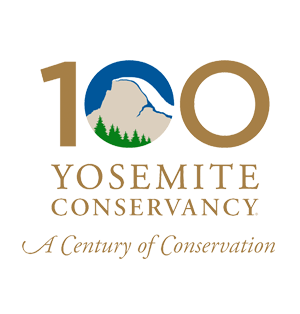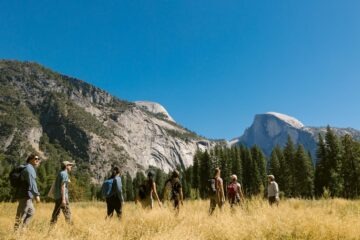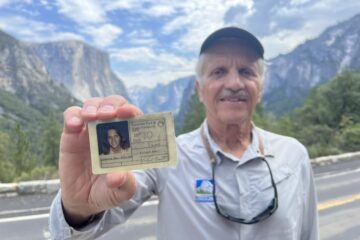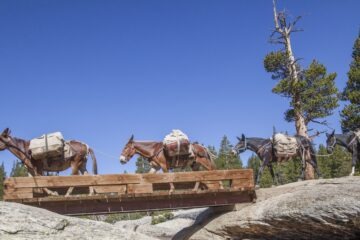By Cassius M. Cash, President & CEO, Yosemite Conservancy
If you’ve spent any time in Yosemite — whether for a day hike, extended time in the backcountry, a family camping trip, or short getaway — you know it’s more than just a park. It’s a place that speaks to the soul. It’s where granite meets sky, where wildlife finds refuge, and where generations of people — from all walks of life — come to feel something greater than themselves.
That’s why I want to share with you an important update about how we’re preparing for the busy season ahead.
Introducing Yosemite’s 2025 Peak-Hours Reservation Pilot
Starting this summer, Yosemite National Park will implement another pilot of a peak-hours reservation system designed to manage congestion and protect the very experiences we all hold dear. During peak daytime hours through the busiest time of year — when the Valley floor sees the heaviest traffic — visitors will need a peak-hours reservation to enter. (See the full list of dates and times here.)
We know change like this can raise questions. But let me tell you why this is going to make your trip(s) this year better.
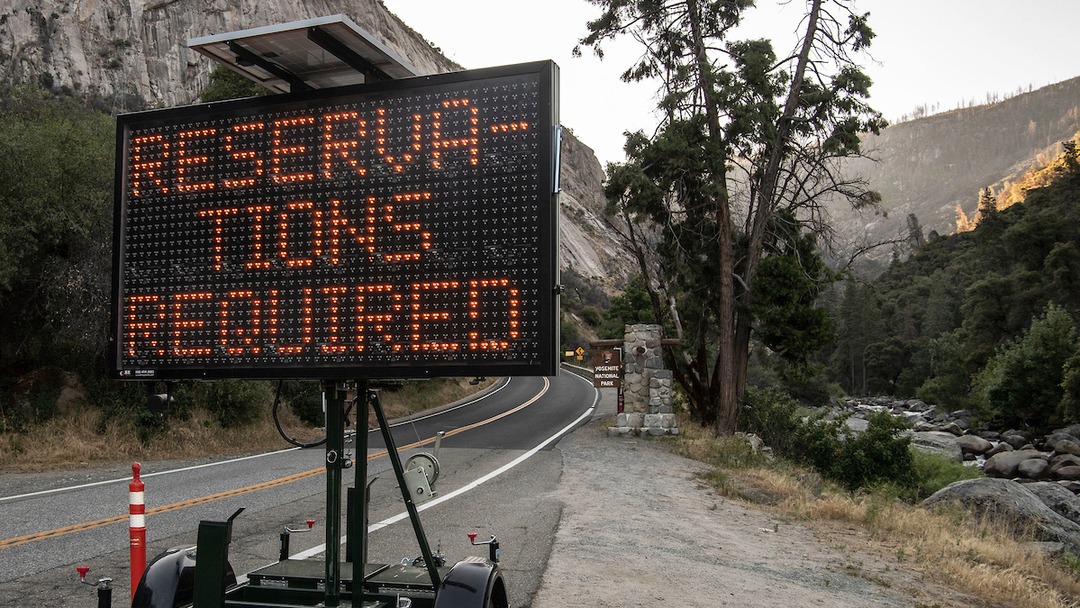
Peak-Hours Reservation Required sign outside an entrance gate to Yosemite National Park.
Managing the Growing Pains of Popularity
We all want to visit Yosemite. That’s the good news — and the challenge. On the busiest days, the park faces traffic jams that rival big city gridlock. Parking lots overflow. Trails become crowded. And behind the scenes, park staff work tirelessly to keep everything running smoothly.
This pilot peak-hours reservation system is about preserving the experience — for visitors and for the land. With fewer cars on the roads during peak times, we reduce the wear and tear on infrastructure, lessen air and noise pollution, and help folks actually breathe in the beauty, instead of idling behind a line of brake lights.
Giving Wildlife and Wild Places a Chance to Breathe
Nature needs space to thrive.
When we reduce congestion, we don’t just make things easier for people — we make it safer for animals, too. Fewer vehicles mean fewer wildlife collisions. It also means quieter habitats for species that call Yosemite home — from black bears to Sierra Nevada red fox to great gray owls.
And let’s not forget about the rivers, meadows, and forests that support life here. Managing crowds and cars leads to less trampling, less pollution, and more room for these ecosystems to recover and flourish.
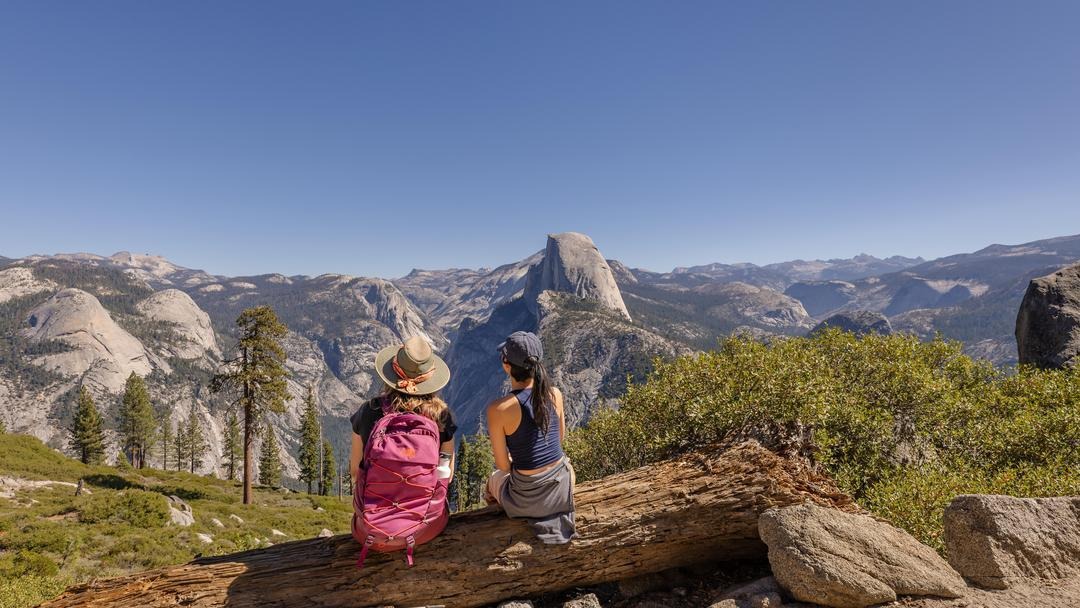
Two visitors enjoy a quiet moment at Glacier Point.
A Healthier Park Is a Healthier You
As a former wildlife biologist and park superintendent, I’ve seen firsthand how a well-balanced park ecosystem benefits human health.
Clean air, clear skies, room to roam … these aren’t luxuries — they’re essentials for our bodies and our spirits.
A more thoughtful approach to visitation lets us protect those benefits, now and for future generations.
We’re in This Together
I want to be clear: This is another pilot. Park leadership will be listening and learning throughout the summer. Yosemite Conservancy will be right there with them, helping to share information, listen to feedback, and support the park’s mission however we can.
I also want to acknowledge that this is happening during a time of real strain. Staffing reductions and federal uncertainty have made things harder on our friends in the National Park Service. But as I’ve said before, our commitment remains firm: We have Yosemite’s back. We’re going to stand shoulder to shoulder with our partners and the community to find a path forward — together.

Yosemite Conservancy staff, volunteers, and council members join National Park Service staff to protect and care for Yosemite National Park.
Let’s Embrace the Challenge
So, as you plan your summer trips, I invite you to approach this pilot system with curiosity, compassion, and care. Peak-hours reservations are about more than crowd control — they’re about caring deeply for a place we love. It’s about stewardship. It’s about ensuring that Yosemite’s magic is still here 10, 50, and 100 years from now.
We can do this, and we’ll do it with heart.
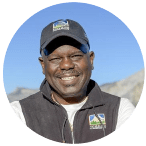
Cassius M. Cash
President & CEO
Yosemite Conservancy
